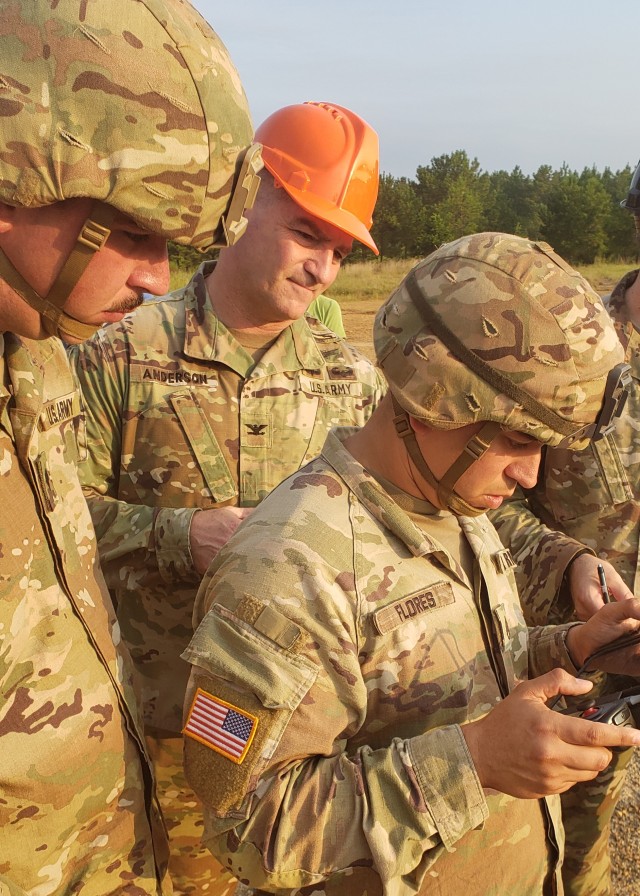FORT BENNING, Ga. -- The Army conducted its first user assessment of a small, vertical takeoff and landing aircraft Sept. 3-13 at Fort Benning.
The assessment is part of an ongoing program to provide maneuver platoons with a rapidly deployable reconnaissance, surveillance and target acquisition capability to enable situational awareness beyond the next terrain feature.
The Program Executive Office for Aviation's Unmanned Aircraft Systems Project Office, in collaboration with the Maneuver Battle Lab and the Defense Innovation Unit, conducted the assessment of the Short Range Reconnaissance, Small Unmanned Aircraft Systems prototypes during Limited Objective Experiment 1.
To maximize interaction and feedback from potential end users, Soldiers from the 25th Infantry Division worked in teams with each vendor. Each team of operators varied in unmanned aircraft system experience, with most having little to no experience flying small quadcopters. The vendors provided new equipment training to their dedicated operator teams and the newly trained operators flew training flights to get comfortable with operating the systems.
After training, each Soldier team demonstrated the systems through a series of operational experiment lanes to assess current prototype capabilities. The lanes varied from target distance away from the operator, operations beyond line of sight, and inspection of remote areas to detect potential targets. The project office and maneuver lab designed each lane to target specific performance parameters derived from Army requirements.
Soldiers engaged directly with prototype developers to provide feedback and observations on the prototypes. The feedback included specific design considerations on hardware, ground control software and user interface, and real-world use scenarios. The vendors now have the opportunity to incorporate the operator feedback into their final design prior to Limited Objective Experiment 2 in January.
The project office will conduct a final design review with the vendors this fall before returning to Fort Benning for LOE2. The operationally oriented lanes for LOE2 will allow for maximum Soldier operation and data collection on the performance of the final designs. The project office and maneuver lab will capture prototype performance data and Soldier feedback to evaluate the final designs. The evaluations will be used to select to two vendors to proceed into the Operational Test, the next phase of prototype development. After operational testing, the project office may select one vendor to begin production in 2020.
About Army's PEO Aviation
The Program Executive Office for Aviation is the Army manager for ten project offices including: Apache Helicopters, Aviation Mission Systems & Architecture, Cargo Helicopters, Utility Helicopters, Improved Turbine Engine, Future Attack Reconnaissance Aircraft, Future Long Range Assault Aircraft, Unmanned Aircraft Systems, Fixed Wing Aircraft and Multinational Aviation Special Projects. The organization's primary responsibility is to Serve Soldiers and our nation by Designing, Developing, Delivering and Supporting advanced aviation capabilities for operational commanders and our allies.






Social Sharing